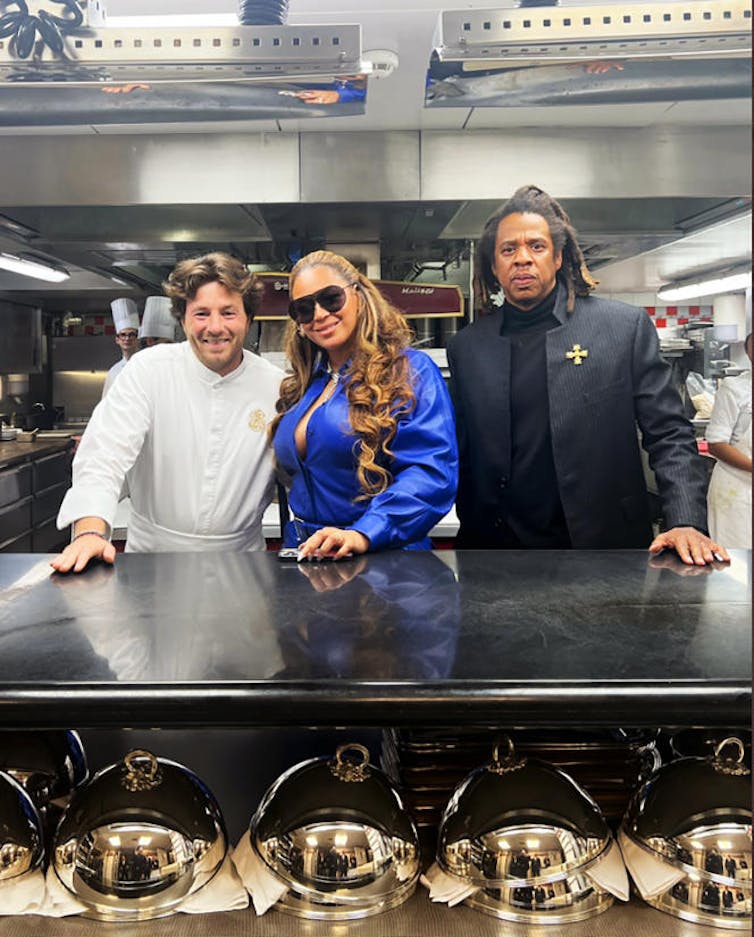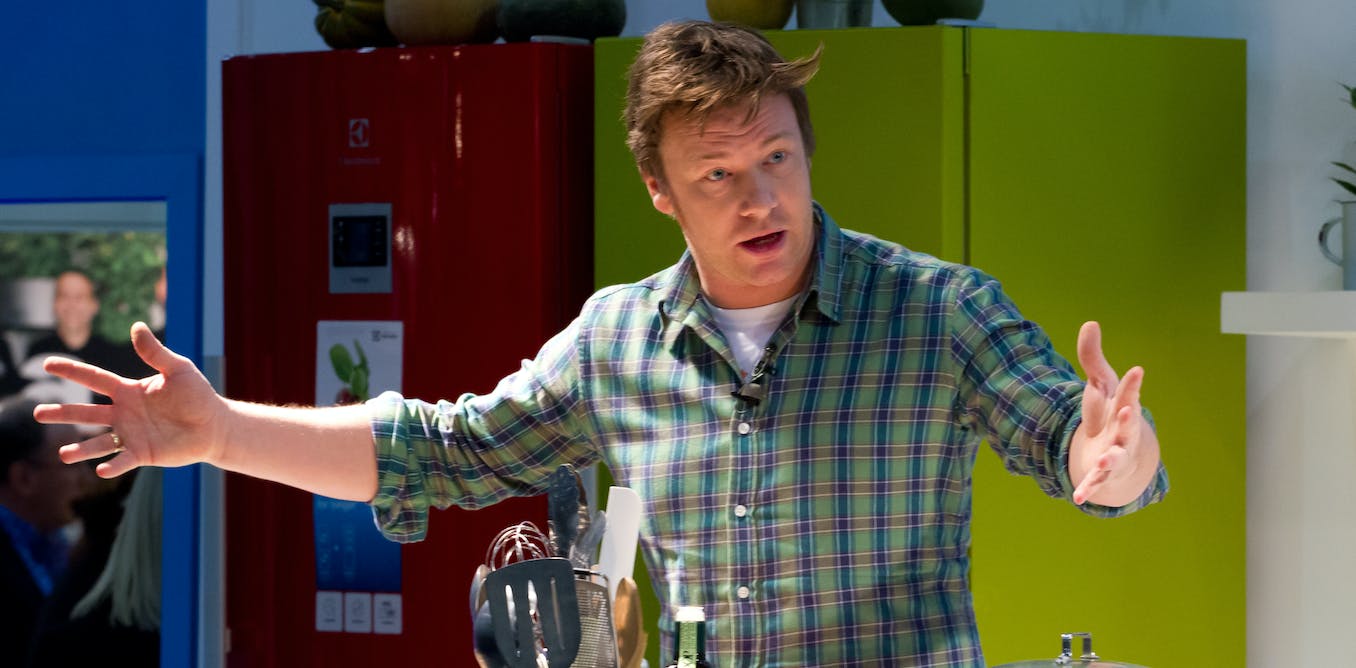Culinary shows such as Top Chef attract millions of viewers. Audiences eagerly tune in weekly to watch famous chefs in impeccable attire offer their advice or criticism of a variety of dishes. The success of these shows can be long-lasting. The Netflix the documentary series Chef’s Table has been running since 2015. It features virtuoso chefs from around the world who would appear to have no end of stories and elaborate recipes.
Today, chefs seem to have achieved a rock-star status that their yesteryear peers could barely have imagined. However, the road to such professional admiration has been long and arduous.
Dirt, heat, charcoal and alcoholism
From the opening of the first restaurants around 1860 until the first half of the 20th century, becoming a chef was not an attractive profession. The first reason was that they worked in dark and toxic environments. Indeed, kitchens were often located in basements, and the steam that filled them seemed to come from the mouths of hell. These places had virtually no ventilation, no light and were always overheated. Poultry feathers littered the filthy floor, which was also dripping with animal blood and dirty dishwater.
In addition, the use of coal for cooking in these confined spaces regularly caused the premature death of many of the people who worked there. Inhaling large quantities of toxic carbon dioxide fumes for several hours a day led to kidney failure, lung disease and other illnesses that significantly reduced life expectancy. As the famous chef Antonin Carême (1783-1833), who died quite young, said: “It’s the charcoal that kills us but what does it matter?”
The public opinion of chefs was also very negative. They were often portrayed as dirty, greasy characters with a penchant for alcohol.
In Down and Out in Paris and London (1933), George Orwell painted a vitriolic picture of his daily life in the kitchens of one of the French capital’s leading hotels, which he preferred not to name. According to him, the chef “is an artist, but his art is not cleanliness.” On the contrary, “to a certain extent he is even dirty because he is an artist, for food, to look smart, needs dirty treatment.”
Orwell also depicts the dirtiness of places and people by writing:
“We slithered about in a compound of soapy water, lettuce leaves, torn paper and trampled food. A dozen waiters with their coats off, showing their sweaty armpits, sat at the table mixing salads and sticking their thumbs into the cream pots. The room had a dirty, mixed smell of food and sweat.”
The concept of hygiene was not the same as it is today and inspections were not carried out to the same exacting standards.
The 20th century, the century of recognition
Despite this, the first half of the 20th century marked the beginning of gastronomic tourism. The Michelin Guide and its star system appeared, first in France, and then in other European countries. This helped to promote and legitimise top chefs. Later, in the 1950s, television brought them to the attention of an even wider audience, thanks to culinary programmes. Raymond Oliver in France and Fanny Cradock in the UK were the first to host a long series of television programmes that raised the profile of chefs and catapulted the best among them to stardom.
Later, chefs such as like Joël Robuchon in France and Mary Barry in the UK then skilfully used media such as television and radio or published recipe books to raise their public profile. From this period onwards, many of them also teamed up with industrial brands for advertising purposes.
Over the years, the greatest of them – such as Paul Bocuse and Alain Ducasse in France, Gordon Ramsay or Heston Blumenthal in the UK – have managed to turn their reputations into empires. In addition to their own restaurants, they acquired brasseries, opened restaurants abroad, set up training institutes and published their own gastronomic magazines.
Gastronomy 2.0: chefs take on social networking
The transition to the 21st century and the advent of social networking have changed the way chefs gain notoriety. Being excellent in the kitchen is no longer enough – they also need to know how to manage their image. Social networks allow them to spread their story, shape their image and have influence. For instance, Gordon Ramsay has a staggering 14 million Instagram fans. He is followed by Jamie Oliver, with 9.5 million fans. In many cases, chefs are also assisted by press agencies to develop their marketing strategy and get the best possible media coverage.
A new type of chef has also emerged in recent years, such as Jean Imbert. Completely unknown before his victory on Top Chef France in 2012, he has since made the most of the media and social networks, regularly posting on his Instagram account with celebrities such as Beyoncé or Robert de Niro. He is also considered one of the most influential and innovative chefs of his generation.
In the UK, Poppy O’Toole, who was trained in a Michelin-starred restaurant, lost her job during the pandemic and started posting videos of her cooking on TikTok under the handle @poppycooks. She now has 1.5 million followers and a book deal.

Today’s top chefs are celebrated, admired and listened to. Along with singers, actors and footballers, they are now among the French and British people’s 50 favourite personalities. But behind all the glitz and glamour, it is important to remember that this is still a demanding and difficult profession that requires deep dedication and iron discipline. As the series The Bear reminds us, only a tiny minority of chefs achieve “star” status. What’s more, female chefs, although increasingly asserting their presence in the kitchen, still receive far less honour or recognition than their male counterparts. This is regrettable.



